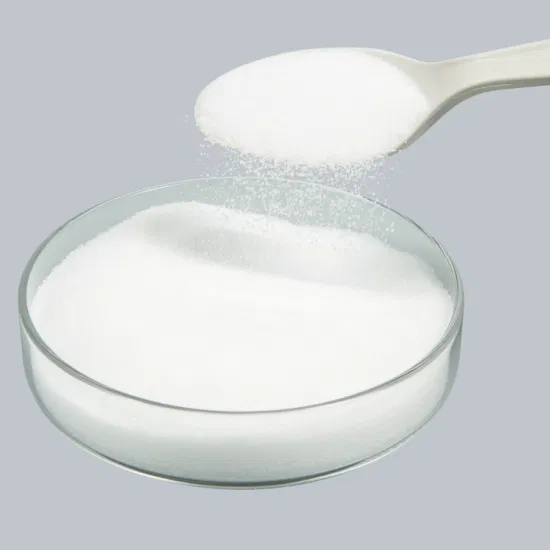Stearic acid, a saturated fatty acid with an 18-carbon chain, is an indispensable component in a wide array of applications ranging from industrial manufacturing to personal care products. This versatile fatty acid serves as a surfactant, emulsifier, and softening agent across a wide range of industries. It can be derived from either animal fats or plant oils. The substance is usually a waxy solid that is odorless and tasteless, making it highly versatile for various uses. This article will explore the multiple applications of stearic acid, delving into its role in cosmetics, food production, industrial processes, and more.
Personal Care Products
Cosmetics
In the cosmetics industry, stearic acid is a cornerstone ingredient in formulations for lotions, creams, and ointments. It serves as an emulsifier that helps blend water and oil components, ensuring the final product has a smooth texture. Stearic acid also acts as a stabilizer and thickening agent, simplifying the application of products to the skin.
Soaps and Cleansers
Stearic acid plays a crucial role in soap-making through a process known as saponification. During this process, stearic acid reacts with an alkali, usually sodium hydroxide, to produce soap. The presence of stearic acid ensures that the soap has a solid structure and a stable lather.
Shampoos and Conditioners
The fatty acid is also a key ingredient in hair care products like shampoos and conditioners. In hair care products, stearic acid serves as a conditioning agent, imparting a silky texture to hair and enhancing its manageability.
Food Industry (Applications of Stearic Acid)
Texture and Consistency
In food production, stearic acid acts as both a stabilizing and a thickening agent, contributing to the uniform texture of products like baked goods, candies, and spreads. The fatty acid also acts as a release agent, preventing food from sticking to molds or baking sheets.
Shelf Life Extension
Its antioxidant properties help in extending the shelf life of many food products by preventing rancidity and spoilage, particularly in products containing fats and oils.
Pharmaceutical Applications
In the realm of pharmaceuticals, stearic acid enjoys a prominent role as an excipient, facilitating the manufacturing of tablets and capsules. The fatty acid aids in the binding of ingredients and helps maintain the integrity of the final product. Additionally, it acts as a lubricant, making it easier to process tablets and capsules during manufacturing.
Industrial Uses (Applications of Stearic Acid)
Rubber Production
In rubber manufacturing, stearic acid functions as an activator and accelerator. It helps in the vulcanization process, enhancing the flexibility, resilience, and overall quality of rubber products.
Plastics (Applications of Stearic Acid)
Stearic acid is also an essential additive in the production of plastics. It acts as a lubricant and release agent during molding, helping in the smooth flow of plastic into molds.
Textiles
Stearic acid is utilized in the textile industry as a sizing agent and lubricant for fibers. It makes it easier to spin and weave fibers into fabric, improving the texture and durability of the final product.
Metalworking
The fatty acid finds application in the metal industry as a lubricant in drawing, rolling, and extrusion processes. It minimizes friction and wear between metal surfaces, thereby increasing efficiency and longevity of machinery.
Environmental Impact and Safety Concerns
While stearic acid is generally considered safe and is approved for use in food and cosmetic products, its production can have environmental implications, particularly when derived from animal sources. Sustainable sourcing from plant-based alternatives like palm oil or coconut oil is increasingly being adopted to mitigate environmental impact.
Conclusion (Applications of Stearic Acid)
Stearic acid is an incredibly versatile substance, with applications that span a multitude of industries. From your moisturizer and shampoo to the tires on your car, this fatty acid is a ubiquitous component in modern life. As research continues, new uses for stearic acid are likely to emerge, further cementing its status as an invaluable chemical compound in various sectors. With the growing emphasis on sustainable sourcing and environmental responsibility, the production methods of stearic acid may evolve, but its utility across various domains is indisputable.

